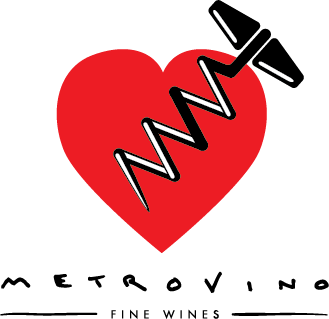by Al Drinkle
Pink wine has never been more popular than it is right now, nor has it ever been so uniformly boring. Like any style of wine, modern insight into winemaking has rendered the best examples “better” than the category has ever seen, but even many of these reek of winemaking apathy and taken as a whole they are disconcertingly narrow in their stylistic spectrum.
Anything that’s as fashionable as rosé currently is has been mercilessly scrutinized by marketing boards and promotional bodies (ie. entities that ensure that wine, like toilet cleaner, is a mundane and homogenized product) in order to provide the collective consumer (“drinker” is too generous a word) with exactly what they think they want. Flavour is seen as suspect as too much of it might offend, and colour, or lack thereof, is even more important for this increasingly facile category. The deep hues that are traditional in Tavel or Navarra are anathema as the market has capriciously decided that lighter is better. This has been taken to such an extreme that a Master Sommelier friend of mine recently shared a story about sitting on the judging panel for the blind tasting portion of an MS certification, and not a single candidate recognized the Provençal rosé in the lineup as being a pink wine!!!! A sample-sized pour or a dimly-lit restaurant easily blurs the lines between a stereotypical rosé and a stereotypical Pinot Grigio.
When we’re making rosé recommendations, our customers will invariably ask whether the wine is dry as this is another prerequisite for commercial success in the pink category. In this case, I don’t lament the fact that pink and sweet isn’t really a thing anymore. The style is now so scarce that in creating a pink selection that consists entirely of good wine, Metrovino also coincidentally offers a pink selection that consists entirely of dry wine… but it unapologetically includes deeper shades of delicious pink from Tavel and Navarra, unfortunately mostly for decoration. Sadly, rosé doesn’t have to be good to be successful, it just has to be the right shade of pink.
Out of this bleak milieu comes a breathtaking wine of virtually unprecedented deliciousness and integrity. Andreas Adam is one of the most respected winegrowers in Germany’s Mosel Valley and despite being relatively young, his name is synonymous with the magnificent and precipitous Dhroner Hofberg vineyard. It’s been the wish of many old-timers in the area that upon retirement, their holdings in the Hofberg be taken over by this talented neighbour of theirs. This has been great for Andreas, but it meant that he had to commit to a few parcels of Pinot Noir while previously his focus was entirely on Riesling… What to do?
The Hofberg vineyard is an amazing site that imposes tantalizing and noble aromas and flavours upon the Riesling wines that originate there. Andreas decided to treat his Pinot Noir more or less as if it were Riesling to see if its place of origin engendered charm as eloquently through a red grape as it does through Riesling. The Pinot Noir selection kicked off the harvest of 2017 in mid-September, and after pressing, the grapes were treated to six hours of skin contact and fermented with indigenous yeasts in cool cellars along the Dhron River. It’s the second vintage for Adam’s rosé and the wine is a minor miracle – somehow it’s even more stupefying than the 2016.
The Hofberg hallmarks are all there - sizzling slate, carob, pineapple, pink peppercorns, kinetic electricity - but its nuances are delightfully mercurial so there’s always a delicious element of surprise. AJ Adam has given us another beautiful expression of steep-slope Mosel wine, but through the lens of Pinot Noir rosé. It is the right shade of pink and before you ask… yes, it is dry.



